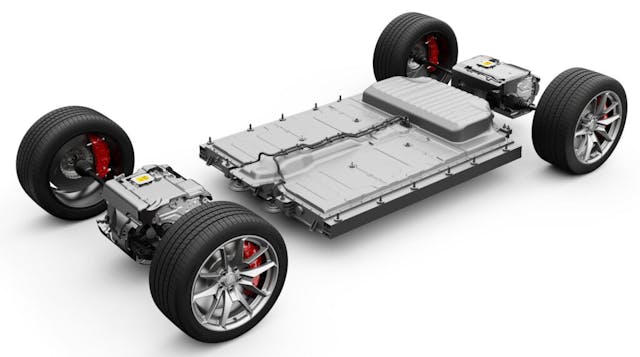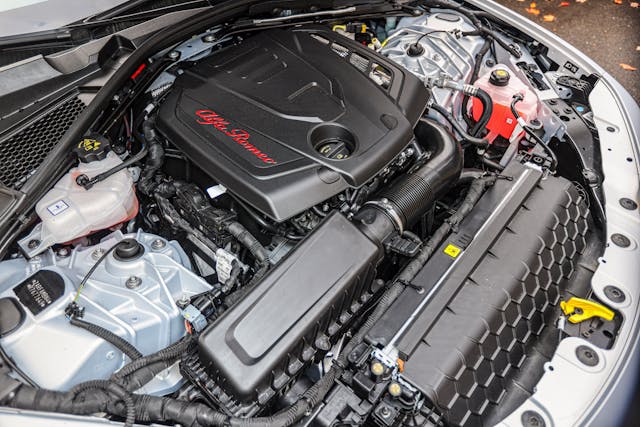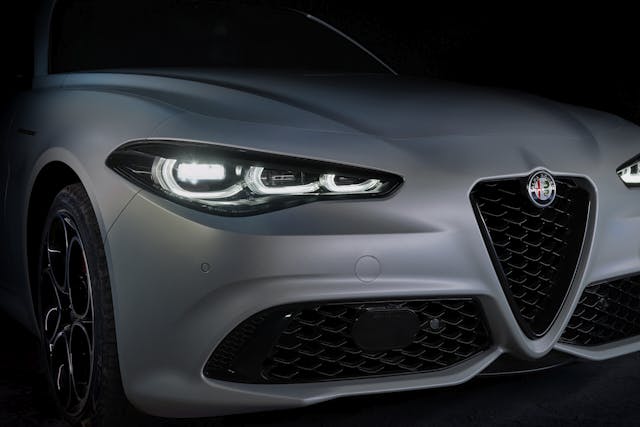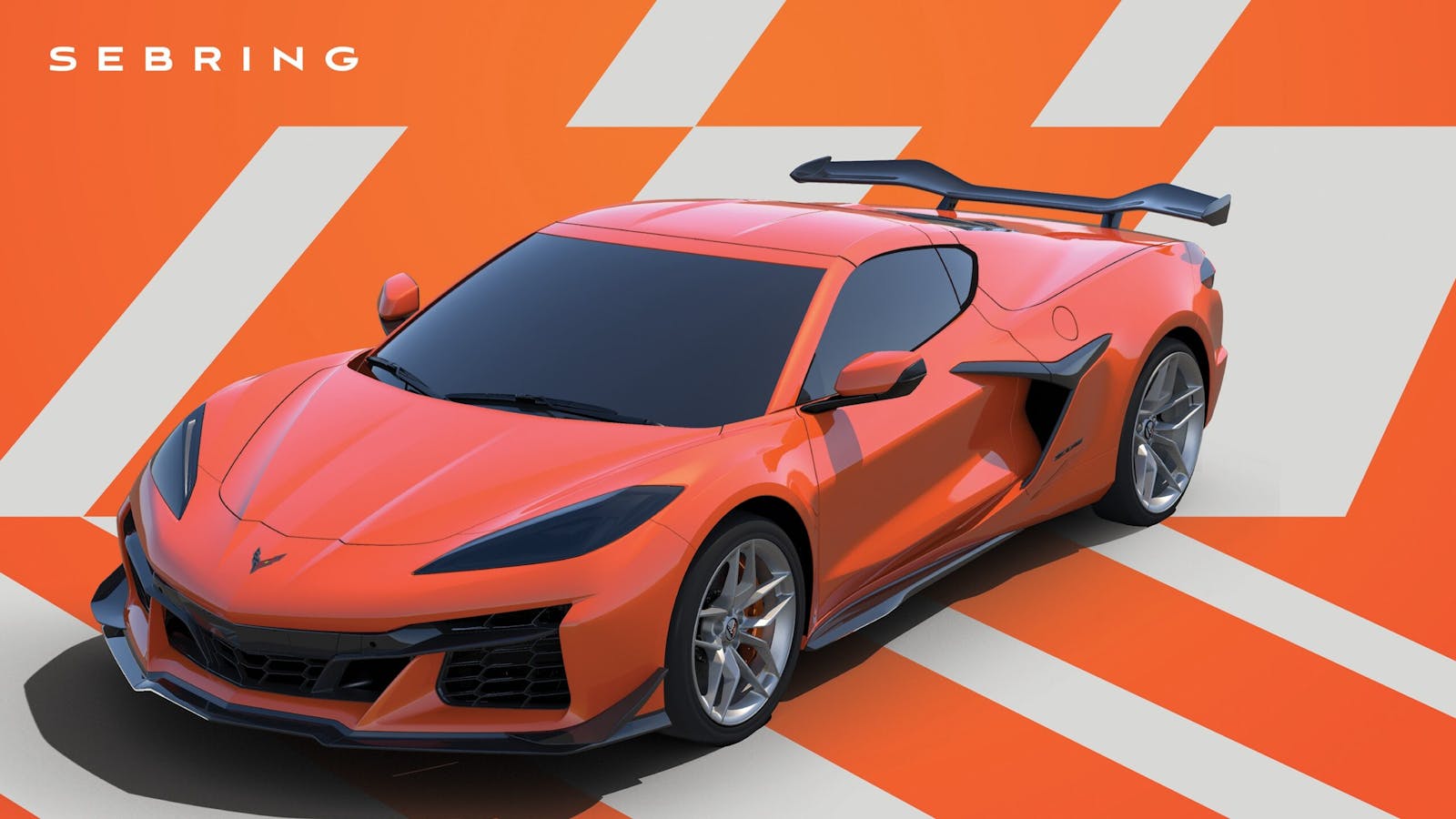Due for 2026, Alfa Romeo’s Next Giulia Will Be an Italian Charger
In an interview with Motor 1, Alfa Romeo CEO Jean-Philippe Imparato shared preliminary details about the next Alfa Romeo Giulia. We previously reported on how the 2025 Giulia Quadrifoglio transitions to an electric future with a hybrid powertrain, and now we know that transition includes an all-new model for the 2026 model year based on Stellantis’ STLA Large platform. Yes, that’s the same platform that underpins the 2025 Dodge Charger sedan and coupe.

Imparato was quoted at a press event at the Alfa Romeo Museum saying, “What we designed is a bomb, we couldn’t finalize the style of this car without being absolutely in love with it. And now we are!” Bombastic statements aside, the Charger’s eye-catching, retrofuturist design on the STLA Large platform bodes well for the smaller Italian performance sedan. Or will it look more like a smaller derivative of the Jeep Wagoneer S, an electric vehicle that also rests on this platform?
Odds are the Alfa’s flagship sedan will remain a sedan, and it will likely be significantly smaller than its American counterpart to fit in the tighter parking spots of the EU. A perk of using a modular platform like STLA Large is that many parameters can be adjusted in a cost-effective manner: wheelbase, length, height, and width.

Powertrains are likely to be similar to the Charger’s, which include the 3.0-liter Hurricane twin-turbo straight-six and, for the EV model, electric motors at each axle. Perhaps a hybrid setup might also come into focus for the Giulia, and that Hurricane mill could lose two cylinders to turn into a 2.0-liter four. An inline-four would work well in Europe, but the main reason for this is China’s tax on ICE vehicles with engine displacements larger than 2.0 liters.

Considering the buying power of Chinese motorists who need 2.0-liter engines, there’s a good chance that the Hurricane’s six-pot had a 3.0-liter displacement for good reason: Tooling up a 2.0-liter engine from a 3.0-liter inline six sounds downright affordable.
The shorter length of a two-liter four also makes for a trimmer, sleeker Alfa Romeo. And a smaller STLA sedan would certainly be a sweetheart in Stellantis’ global product portfolio. Watch this space, as we’ll keep an eye on the next Giulia for you.
***
Check out the Hagerty Media homepage so you don’t miss a single story, or better yet, bookmark it. To get our best stories delivered right to your inbox, subscribe to our newsletters.



If Alfa is just going to use a turbo 4, they’re going to use the Fiat-version of the GME 2.0T, the basis of the Hurricane.
It’s a tad bit more powerful, and rocks Multi-Air on the intake side unlike CDJR’s DOHC version.
That’s a good point. Thanks for bringing up the GME 2.0T!
In that case, better buy one now and not wait for the EV if the new Alfa will be based on the Charger. A current Hemi Charger weighs around 4500 lb. I thought that was heavy until I read that the new Charger EV will weigh 6000 lb. In the past, lighter weight vehicles were a good thing, but apparently nobody cares about weight now.
So an Italian badge on a Charger basically. Will the reliability go up on this car? How many versions of the same car do we need?
Chrysler and Italian anybody teaming up to increase reliability? This is destined to be the first electric vehicle to leak oil all over the garage floor. 😉